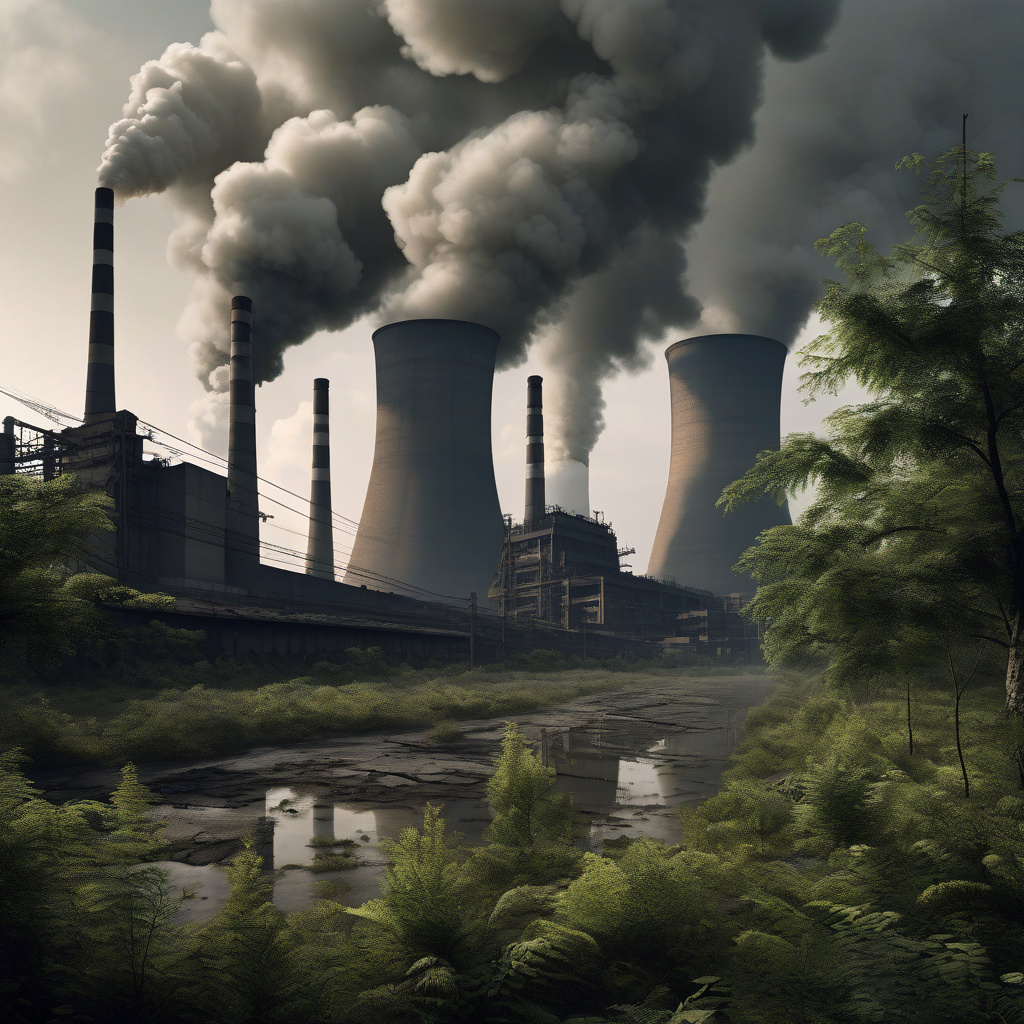Retiring Coal Plants Set for Nuclear Revival as China Bets on Meltdown-Proof Reactors
China is exploring plans to convert retiring coal-fired plants into nuclear power stations. The move marks a significant shift towards sustainable energy practices and signifies the country’s commitment to reducing carbon emissions. By repurposing these aging coal plants, China aims to revitalize its energy sector with advanced nuclear technology that promises to be meltdown-proof.
The decision to transition from coal to nuclear power comes as part of China’s ambitious efforts to meet its climate goals. The country, known as the world’s largest emitter of greenhouse gases, has been actively seeking cleaner alternatives to coal, which has long been a primary source of energy. By leveraging existing infrastructure and transforming it into nuclear facilities, China is not only minimizing waste but also maximizing resource utilization.
Nuclear power has often been a topic of debate due to safety concerns surrounding traditional reactor designs. However, the development of meltdown-proof reactors has addressed these issues, offering a safer and more efficient alternative to conventional nuclear plants. By investing in this next generation of nuclear technology, China is setting a new standard for sustainable energy production.
The concept of converting coal plants into nuclear reactors is not limited to China alone. Countries worldwide are increasingly recognizing the importance of transitioning to cleaner energy sources to combat climate change. By repurposing existing infrastructure, nations can accelerate the shift towards renewable energy without compromising on efficiency.
One of the key advantages of repurposing coal plants for nuclear energy is the utilization of existing transmission infrastructure. This significantly reduces the costs and time associated with building new power plants and allows for a seamless transition to cleaner energy. Moreover, the strategic location of these retired coal plants often coincides with areas of high energy demand, further optimizing their conversion to nuclear facilities.
In addition to environmental benefits, the conversion of coal plants to nuclear reactors also presents economic opportunities. The revitalization of these retired facilities creates jobs, stimulates local economies, and attracts investment in the energy sector. By breathing new life into outdated infrastructure, countries can spur growth and innovation in the clean energy industry.
As China embarks on this journey towards a nuclear revival, other nations are closely monitoring the outcomes. The success of repurposing retiring coal plants for meltdown-proof reactors could pave the way for a global shift towards sustainable energy practices. By demonstrating the feasibility and benefits of such initiatives, China is leading by example in the transition to a greener future.
In conclusion, the conversion of retiring coal plants into nuclear power stations represents a significant step towards sustainable energy production. By embracing meltdown-proof reactor technology, China is spearheading innovation in the clean energy sector and setting a precedent for other countries to follow suit. As the world strives to combat climate change and reduce carbon emissions, initiatives like these play a crucial role in shaping a more environmentally conscious future.
China, Coal, Nuclear, Energy, Sustainability











